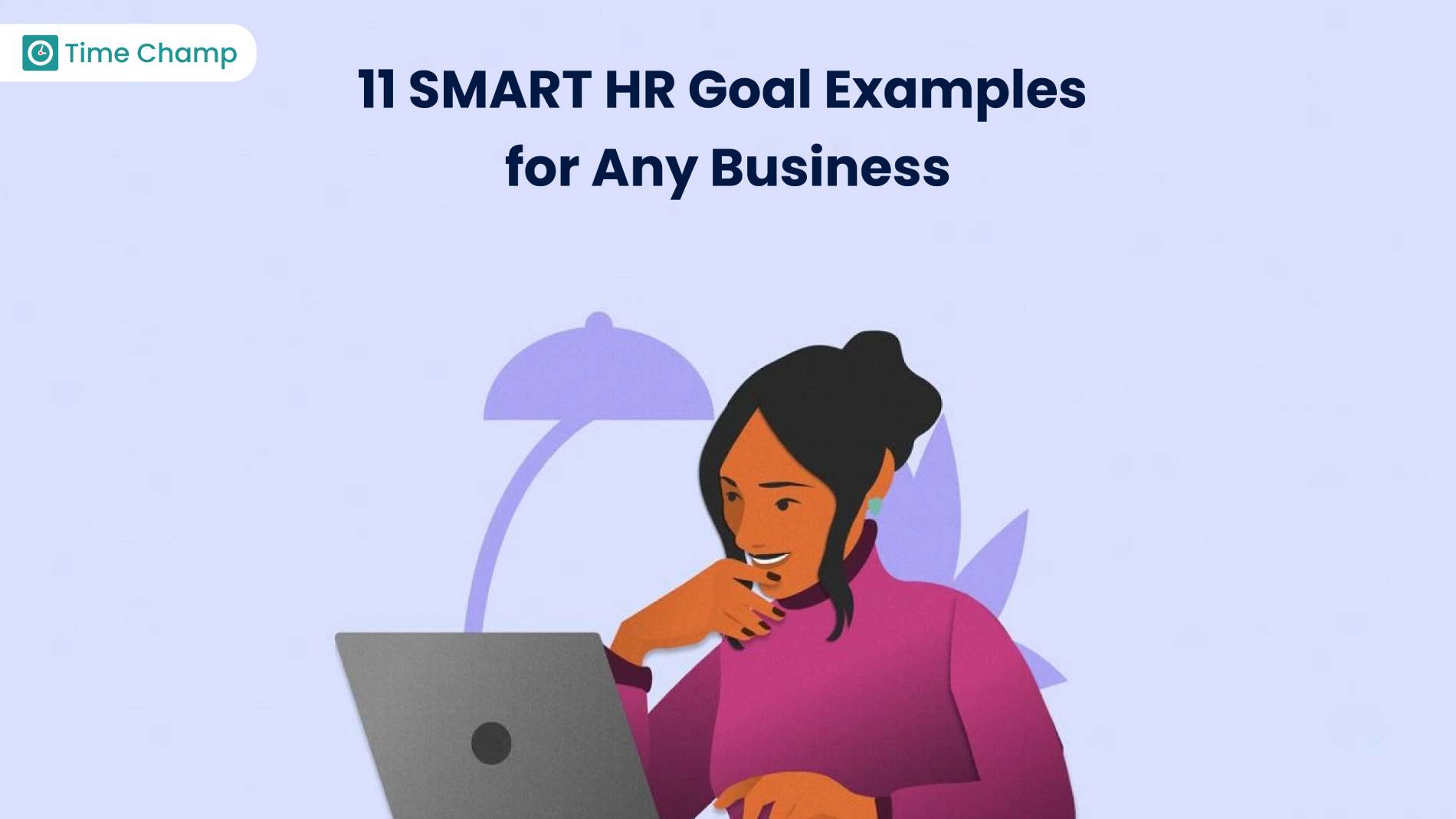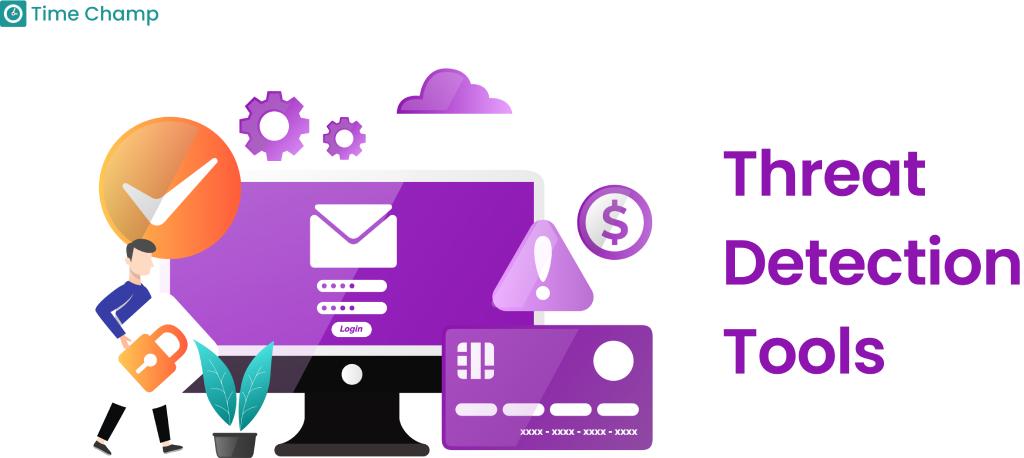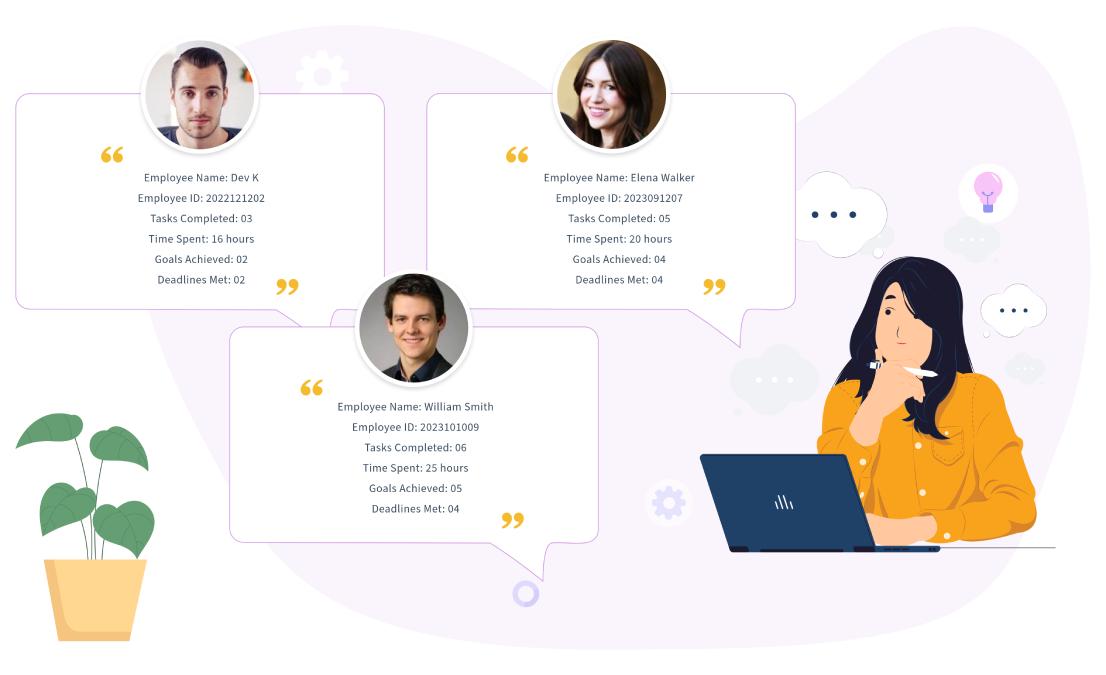HR goals help the HR team improve workplace quality, traditions, and worker experience. Setting HR goals is more than just a regular task; it’s about matching the company’s beliefs with its dreams. In simple words, HR goals help you see how far you’ve come. They also push for positive changes in job culture and ensure that work is rewarding for all workers. In this area, the SMART rules help HR departments make goals easy to understand and measure.
These goals should be achievable, important for the job, and have a set time limit. This plan makes sure goals are plain, and it’s possible to win in a good amount of time. To explain HR’s importance, we need to understand what these goals mean and how they help our company do well.
What Are HR Goals?
HR goals are big plans made by the Human Resources team to help a company’s workers and its business plan. The SMART idea means a rule of being clear and reachable. It encourages HR professionals to set goals that are: Specific, ensuring a clear direction; Easy to count and see how much you have done; Achievable, helping motivation with reachable goals and Matching the company’s vision in a good and supportive way. Set goals with a deadline and make them realistic. By using SMART goals, HR teams can make sure their plans are not just big dreams but also things that can be done. This will result in results for their businesses which can be measured.
The Advantages of Setting HR Goals for Your Team
Setting HR goals Gives Big Advantages for the Team and Company.
Also, HR goals help us measure our progress with numbers. These are called Key Performance Indicators (KPIs) and they check what we’ve done every three months. This way of using numbers helps HR teams find places where they’re doing good and those that need to be fixed. These aims show how much the company values its people. This means they care about helping their workers grow and be healthy.
By setting goals together, HR can help everyone stay on target. It can make sure that people know what they need to do and, in the end, create a nicely united office where everyone works well with each other. This then makes the business a nice place to work, drawing in and keeping great workers.
This is very important in today’s tough job market. One thing that helps with watching and controlling these HR goals is Time Champ. This tool makes it easy to see how well a team is doing and how close they are getting to meeting HR aims. As we learn more, let’s understand how helpful these tools are in making HR target management easy and smooth. Try Time Champ to streamline your HR goals management
11 HR Goals Every Company Should Set
Making a workplace that is good for employees is very important to keep and make them happy. This directly affects how they feel about their jobs every day at work. Here’s how to reformat the 11 SMART HR goals with more engaging examples, like the sample provided:
1. Create an Employee Centric Culture:
Develop an employee-centric culture Emphasizing employees’ welfare and happiness at the workplace is a key feature of contemporary human resource management. By focusing on creating an employee-centered environment, companies can achieve higher productivity, creativity, and loyalty from within. Involves listening to the needs and comments of employees, adapting policies for supporting a positive balance between work and personal life, as well as promoting teammate cooperation in various departments of the firm. It is an ongoing process that requires persistent hard work and regular interaction between employees and management.
SMART Example: Start a ‘Work & Wellness’ project in the next three months to help work-life balance. Encourage people from different teams to work together and have regular health checks. aligning closely with overarching HR goals that foster innovation and long-term planning.
2. Make Your Professional Goals and Values Obvious:
Make clear what you want the career to stand for, and embrace values. By providing a solid overview of the organization’s principles clearly, employees will be able to connect their personal career goals with the overall aspirations of the company. This alignment nurtures a sense of common purpose and direction. With HR teams being an integral part of communicating and showing these values, they are ingrained in the everyday fabric of lifespan in work.
SMART Example: Start a ‘Values Program’ to share company ideas with everyone, beginning with training sessions about how these values change day-to-day tasks and measurements of performance, an HR goal that underscores the organization’s commitment to its people.
3. Pursue Employee Advancement :
Support career development Investing in individuals reflects the company’s commitment to its employees. A company helps its employees achieve their goals by offering evident promotional routes and various possibilities for professional growth. This means not only that the workforce is becoming more satisfied with their job and careers, but it also makes the company a catalyst for talent development and innovations.
SMART Example: Example: In six months, start a ‘Grow with Us’ plan. This should show how workers can progress in their careers and get help from mentors. The target is to improve worker skills by 20% and have more roles inside the company filled by existing staff members, thereby actualizing an HR goal to promote adaptability and autonomy within the organizational structure.
4. Strive to Enhance the Employee Experience :
Aim to improve the employee experience An improvement in employee experience will automatically lead to higher output and team spirit. By engaging employees in terms of seeking timely feedback and taking immediate action on the feedback, companies can build meaningful changes that are felt throughout their organization. The company can make informed decisions about improving workplace culture through regular engagement strategies like focus groups and surveys, which provide valuable insights into staff’s daily experiences.
SMART Example: Start a ‘Feedback Flourish’ project, making sure to hold four focus groups and surveys each year. These will actively look for and use employee ideas. The goal is to bring in at least three big improvements by the end of the year that make work better.
5. Focus on People Operations :
People operations Focusing on the intelligent integration of technology, such as Time Champ to streamline HR processes, can change people’s operations for the better by making them faster and more effective. Automating mundane tasks frees up HR professionals to concentrate on strategic initiatives and foster a more dynamic, future-thinking environment that can leverage changes in workforce needs and the constant flux of business.
SMART Example: Start the ‘Efficiency Evolution’ plan in the next two periods. Use new HRIS systems like Time Champ to automate daily HR jobs. This will free up more time for thinking big ideas for the human resources team.
6. Improve Employee Retention:
Establish a strong retention campaign Being a responsible and caring employer calls for implementing an effective retention strategy. Through clear career paths, energetic work life, and rewarding achievements companies will foster job satisfaction and loyalty greatly. This in turn not only reduces the high costs related to turnover but also helps improve an organization’s reputation as a preferred employer.
SMART Example: Start the ‘Stay and Thrive’ project. Its goal is to make workers stay by showing clear career ways and keeping people interested in their jobs. The idea is to reduce the number of employees leaving by 10% during the next financial year.
7. Practice Organizational Flexibility:
Flexibility in organization People can also adopt organizational flexibility by having flexible work arrangements, which have the potential to enhance employee satisfaction and productivity drastically. Through recognizing and meeting the various needs of the workforce, businesses become a more inclusive, flexible workplace.
SMART Example: Make a “Flex-Work Plan” in the next three months that gives different types of flexible work choices. Try to get 40% of people working in ways they like for their lifestyle by next year.
8. Acquire Proficiency in the Language of Business Operations:
Learn the language of business operations to become proficient. For HR teams to go hand in hand with and promote the main goals of a company, they must speak the same language as its operations. Understanding key operational concepts and financial indicators will enable HR professionals to align HR initiatives with the outcomes of business, ensuring a more holistic approach in terms of organizational development.
SMART Example: Start a ‘BizLingo’ training program for the HR team. The goal is to make them understand business operations better and link HR plans with company goals over nine months.
9. Strengthen Employee Engagement:
Improve employee engagement Boosting a strong sense of belonging to, and commitment at the workplace improves worker performance levels and fuels innovation. Maintenance of regular team-building events, recognition programs, and channels for employee input support a climate where staff can fully immerse themselves in their work and the business. These initiatives can boost the morale of employees and make a company a much livelier, collaborative place.
SMART Example: Plan a ‘Connect & Energize’ series every three months, making special team building and employee appreciation events. These should be designed to boost the mood of your workers and improve their involvement with your business. You want to see an increase of 12% in engagement scores from these activities.
10. Build a Diverse, Equitable, and Inclusive Company Culture:
Establish a diverse, equitable, and inclusive company culture – A diverse and inclusionary culture is more than the right thing to do ethically–it’s a business advantage. Companies that actively practice diversity in their hiring, training, and corporate initiatives inspire a vastness of opinions and experience that could be translated into better decision-making as well as increased creativity. The role of HR in designing policies and programs that highlight diversity and foster fairness is crucial in developing a culture where every person feels honored and respected.
SMART Example: Start ‘Diversity in Action’, a whole-year series of training classes and job openings to make different people part of the team. Try to get 15% more people from all areas, so everyone is represented properly.
11. Provide a Secure Work Environment for Staff Members :
Providing the staff with a secure workplace Create an environment where employees are physically and psychologically safe since this is fundamental for any properly working office. By ensuring safety and well-being, HR safeguards both employee’s and company concerns. A proactive approach to safety including regular checks, training, and clear communication channels for reporting concerns creates trust and confidence within the workforce.
SMART Example: Create a ‘Safety First’ plan that focuses on being safe both in body and mind at work. The goal is to increase safety scores by 25% and stop any reports of accidents or harassment from happening within the next six months.
By doing these actions, HR groups can change their aims into real projects. Each project should have a clear plan of action and results that can be measured. Making sure these changes become a regular part of the company means getting big bosses and workers at all levels to show and support these beliefs.
How to Track HR Goals for Your Team
Define Your Team’s HR Goals:
Identify the specific objectives related to employee recruitment, engagement, and development that will improve performance.
Establish Clear Targets:
To ensure HR goals are purposeful and impactful, measurable milestones must be established to guide progress and prompt timely action toward desired outcomes. Implementing systems to systematically record and assess data is paramount to this process. Embedding tools such as Time Champ into these systems further enhances the ability to manage and monitor HR objectives proactively.
What is Time Champ?
Time Champ’s suite of HR features is meticulously designed to empower HR professionals to oversee various facets of their goals, providing consolidated insights into the efficacy of human resource efforts within an organization. The platform facilitates the monitoring of time invested in projects, the evaluation of productivity rates, and the generation of comprehensive reports. These instrumental tools gauge progress against established human resource goals, embodying prime examples of smart work in practice.
Time Champ serves as a vigilant observer over vital HR metrics such as employee satisfaction and retention rates, professional growth, and adherence to core values. This level of oversight ensures that HR teams remain abreast of developments within their department, with the ability to adapt strategies in alignment with the evolving needs of HR people and the broader organizational objectives.
Incorporating Time Champ in a strategic HR framework signifies an unwavering commitment to utilizing technology to better oversee and scrutinize HR processes efficiently. With this innovative approach, HR teams can maintain a focused lens on their human resource management goals, enabling swift modifications and fostering an environment of ceaseless enhancement. By integrating such measures, organizations demonstrate a genuine dedication to advancing their human capital, fulfilling HR objectives examples, and steering continuously towards realizing the goals in HRM, echoing the ethos of HRM goal attainment.
With Time Champ as an ally, achieving examples of HR goals becomes less daunting. It represents a deliberate choice to embrace technological aids to secure a thriving workspace, where each HR goal is met with precision and each human resource goal serves as a stepping stone towards the grand vision of Human Resource Management.
Enhance your HR goal tracking with Time Champ
Conclusion:
In the end, going after SMART HR goals is very important for any business that wants to succeed in today’s fast-moving company world. By making clear goals that can be measured, reached, and important for the business, HR teams can plan out a strong route to make their company better. It’s not just about setting goals, it’s also important to create a place where everyone feels important and interested in their job. We investigated this and found many good things about setting SMART goals in HR.
They help the team focus on company values, improve how workers feel about their jobs, and create an exciting place where everyone is welcome. When HR goals are carefully planned and followed well – using useful tools like Time Champ, the whole company will profit from smooth operations all the time. They can grow steadily and create a great place where people want to work.
Keep in mind, that managing HR goals doesn’t have to be scary. With smart tools like Time Champ, the trip to be great in HR becomes easier and less scary. Use this technology to learn more, make decisions using data, and monitor your team. Make sure that SMART HR goals are not just dreams but real things you can reach.
A SMART goal for HR is a clear target that is exact, measurable, possible, related and has a time limit. This helps HR staff improve workplace output and make workers happy.
When HR goals are made using the SMART rules, they can really line up teamwork with what’s most important to the company. Then everyone will go after shared aims to succeed together
Time Champ is a single place where we can keep track of, study and share updates on human resources work. This makes it simpler to manage goals and measure progress right away.
My job as an HR person is to help and improve the people who work, while making HR plans match with larger goals of the group for both successes together.
SMART HR goals help businesses win by making workers more focused and keener, fixing ways they do things, and pushing plans linked to what the business aims for.
An HR goal statement should tell us exactly what it wants to do, the result we expect, how important it is for our group’s plan and when will this need to be done.
Yes, clear HR goals can keep workers from leaving because they make work nice, give chances for career growth and acknowledge what employees do well.
A common SMART goal for team building could be “organize monthly cross-departmental workshops to enhance teamwork and interdepartmental collaboration within one year.”
HR goals affect how workers feel. They aim to make the job fun and welcoming for everyone, while treating all contributions with respect.
Yes, technology like Time Champ helps to know if HR goals are good by giving figures and information that can guide plans and choices.







